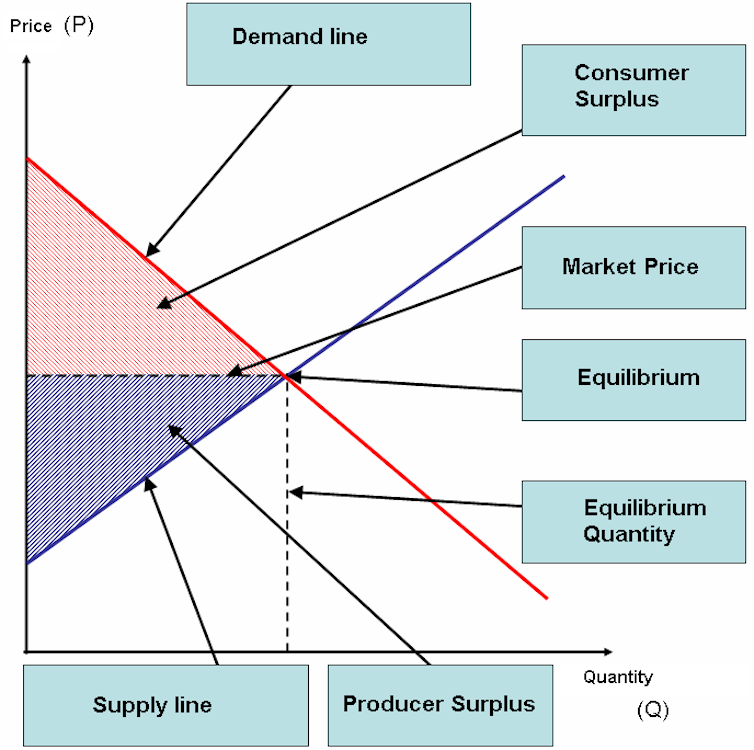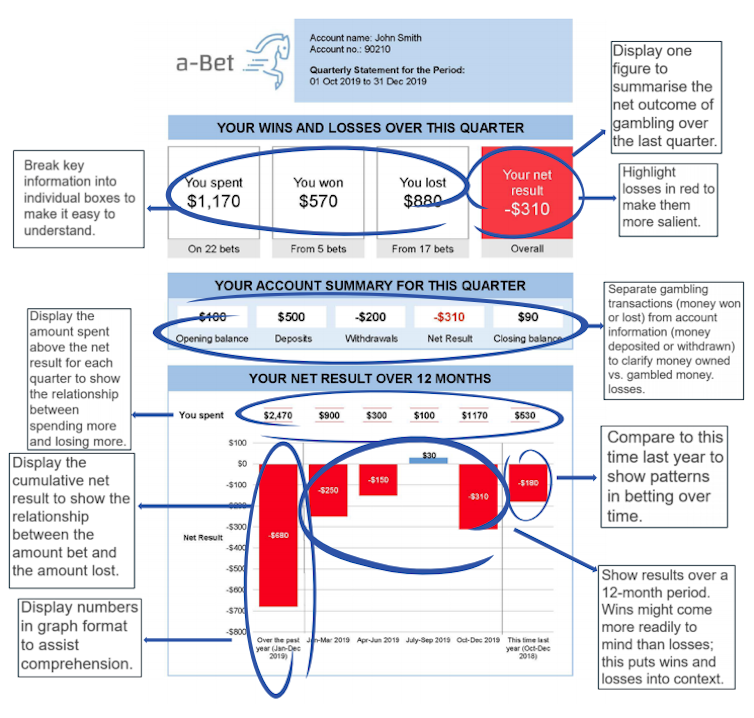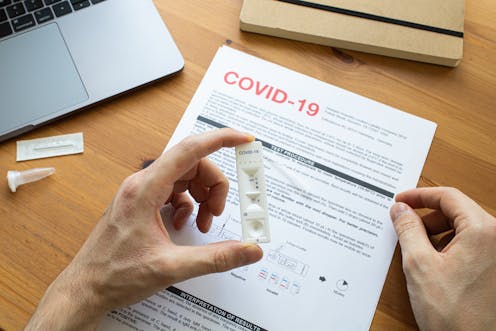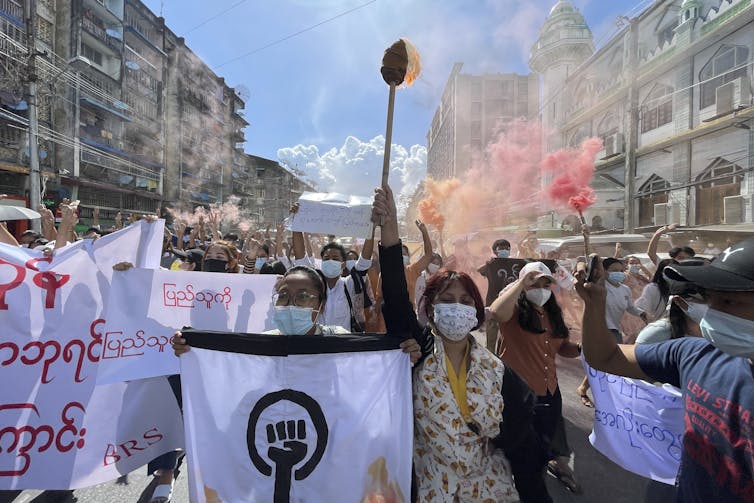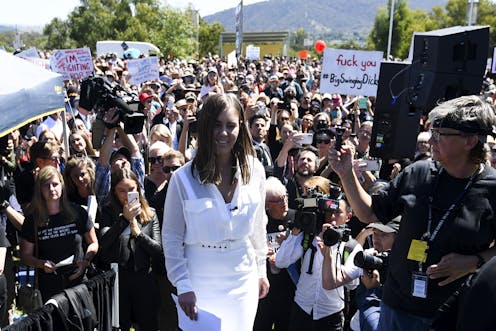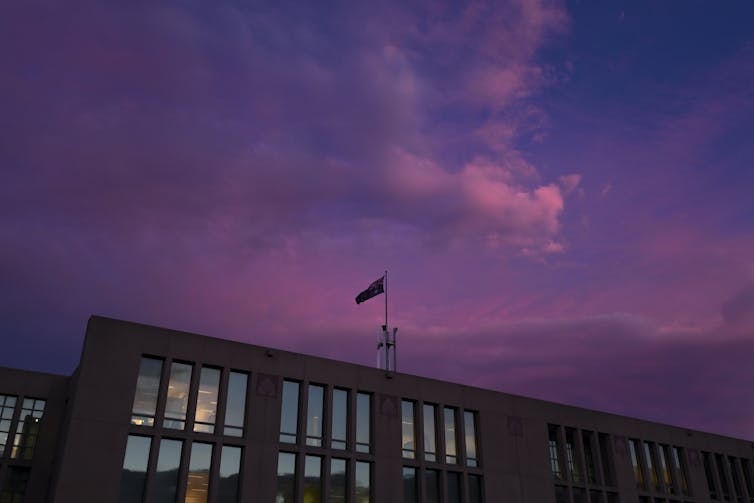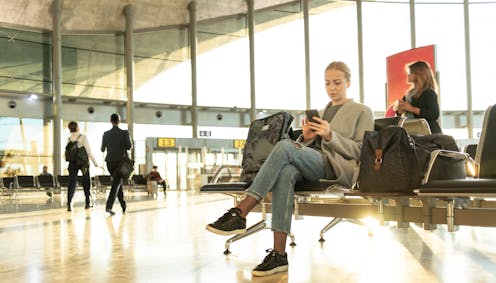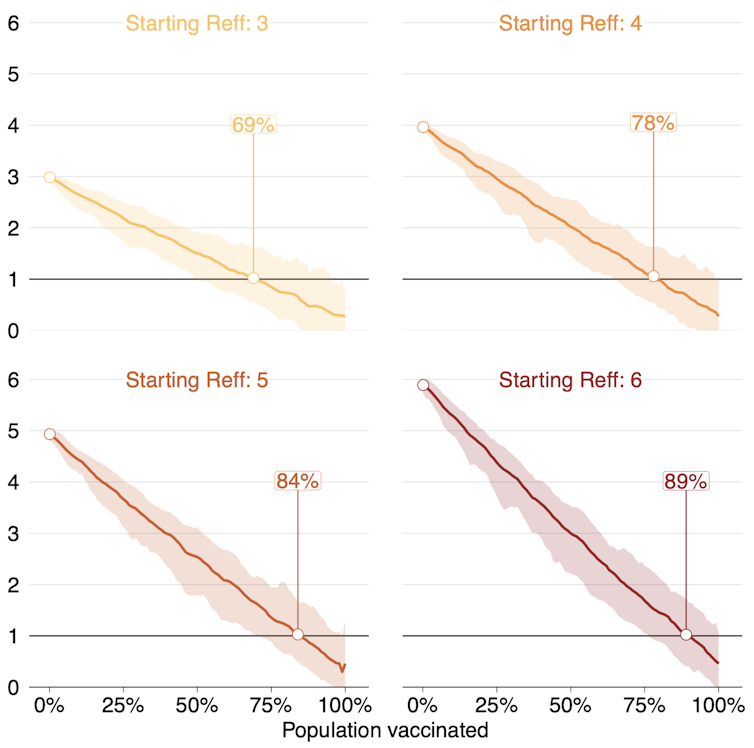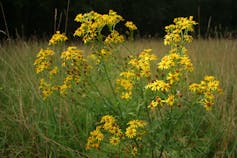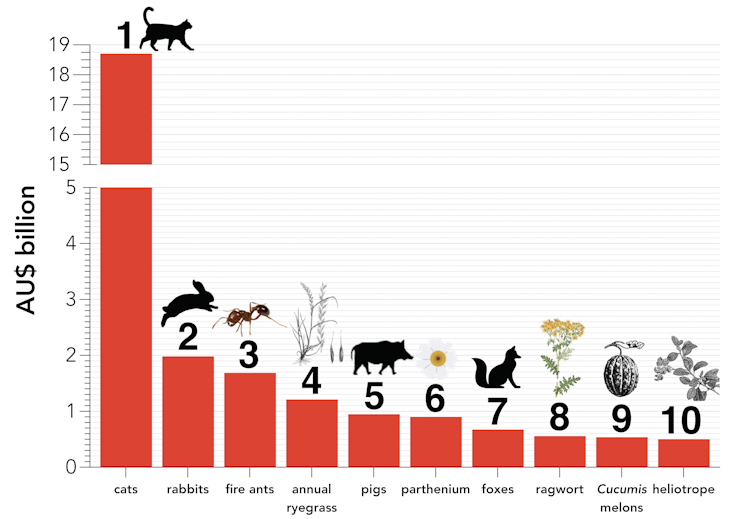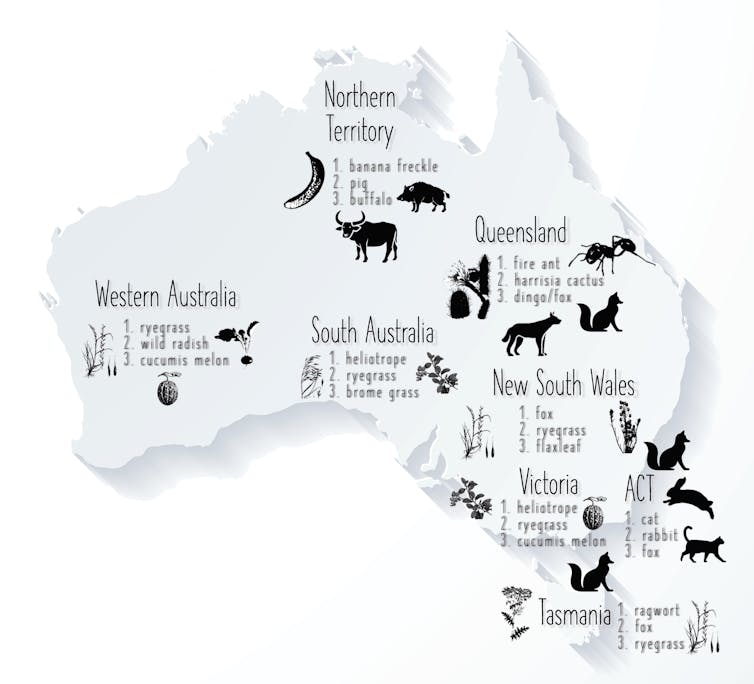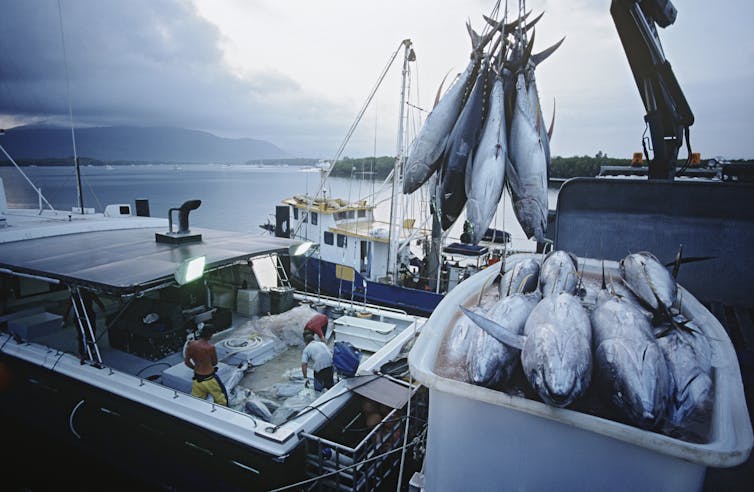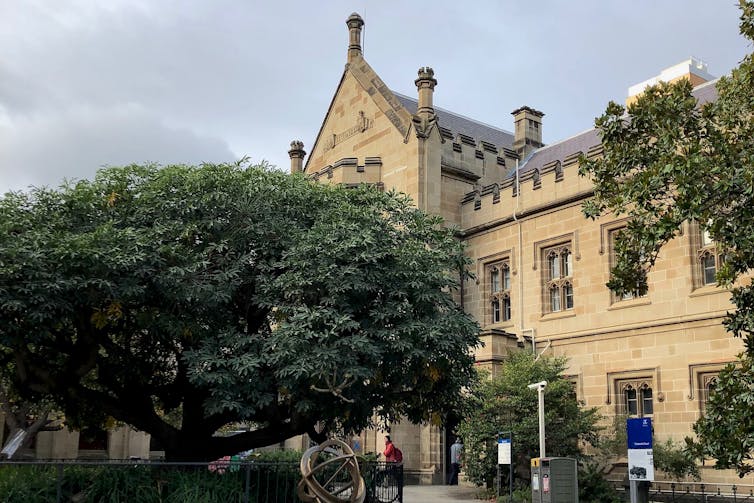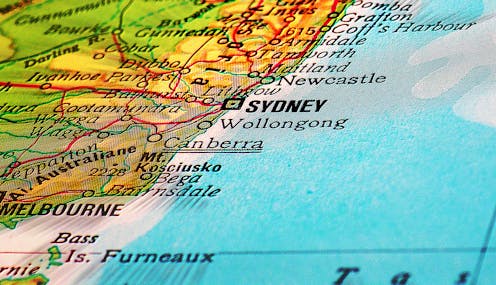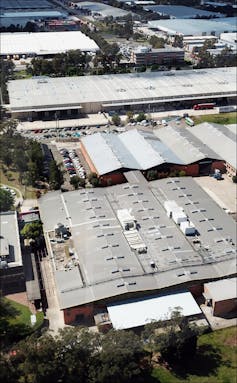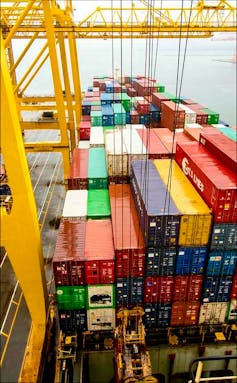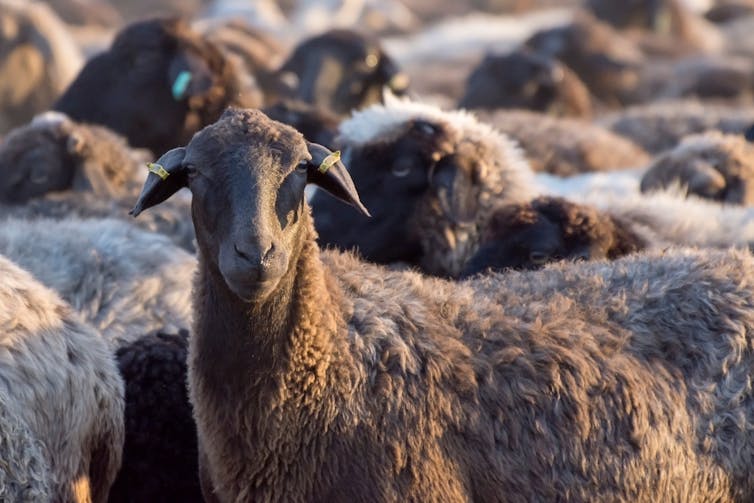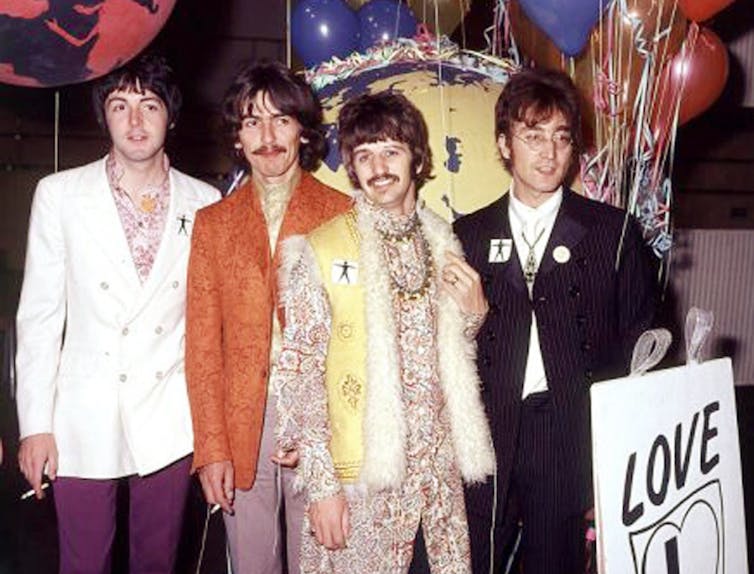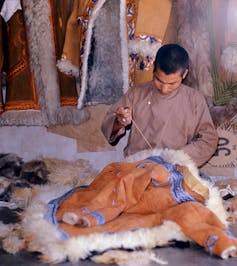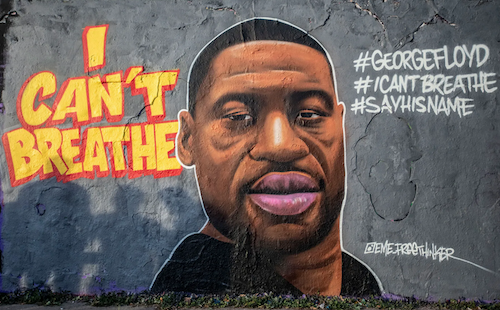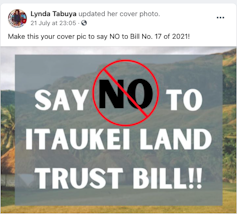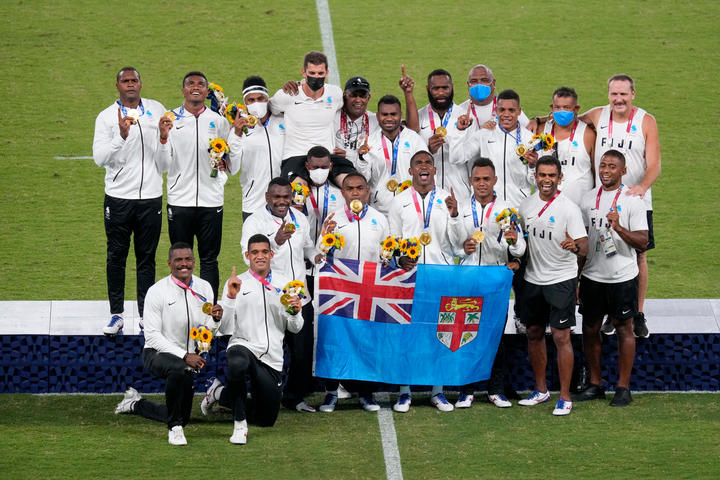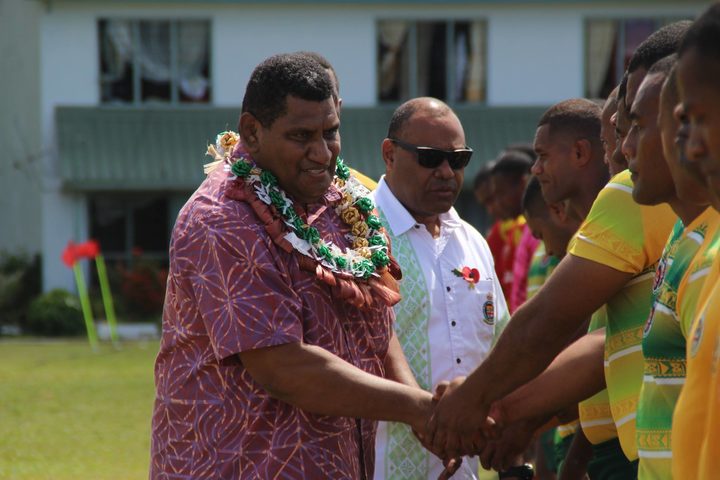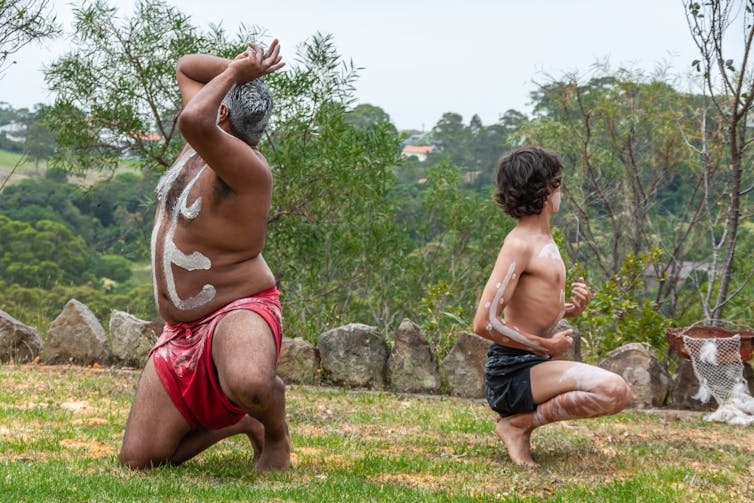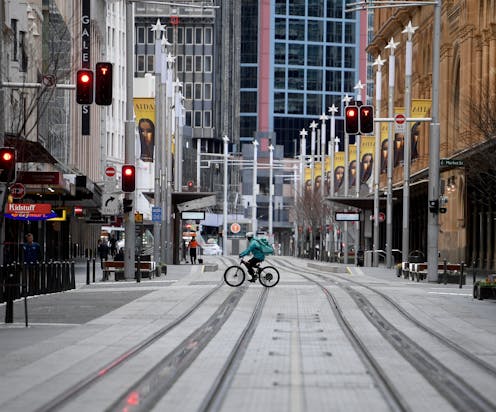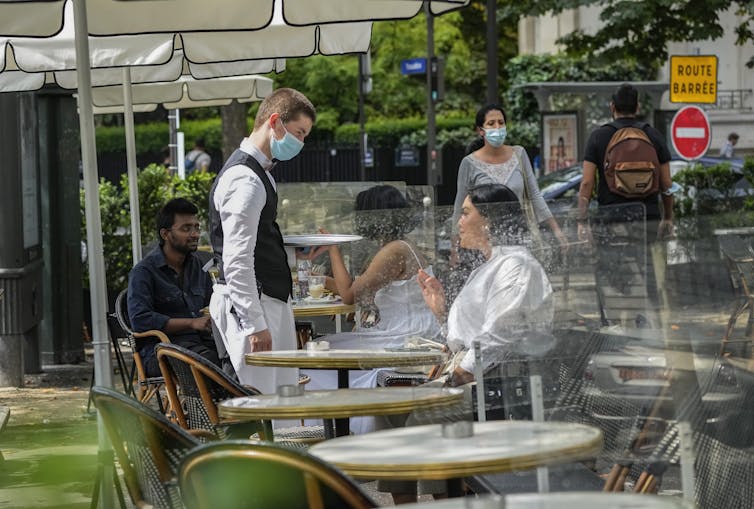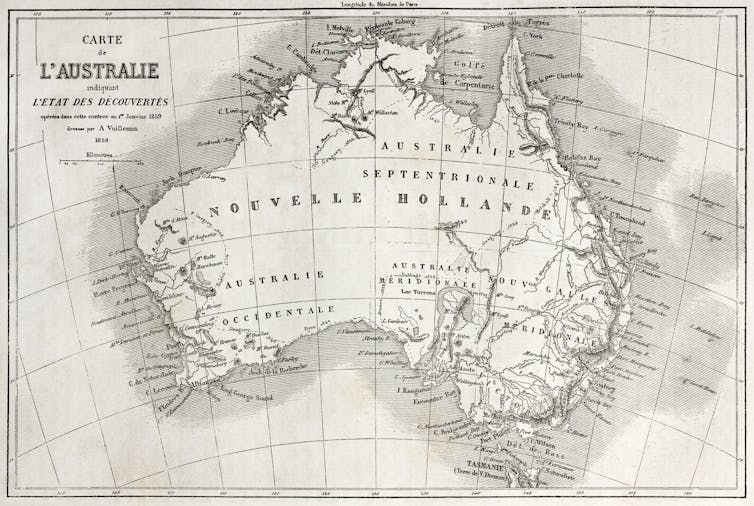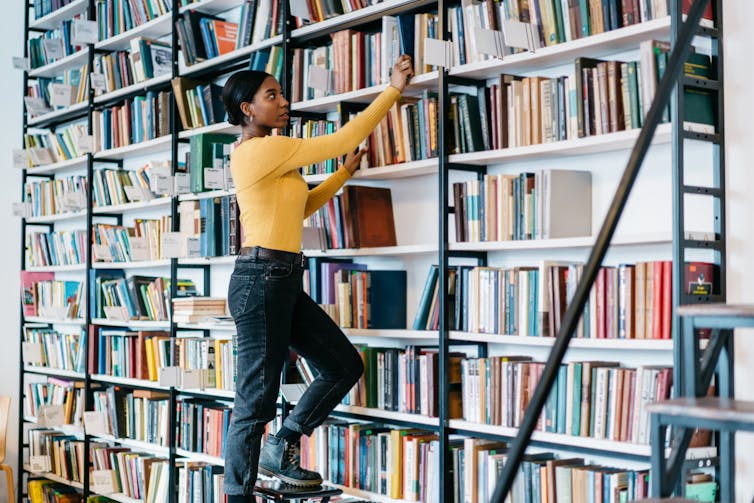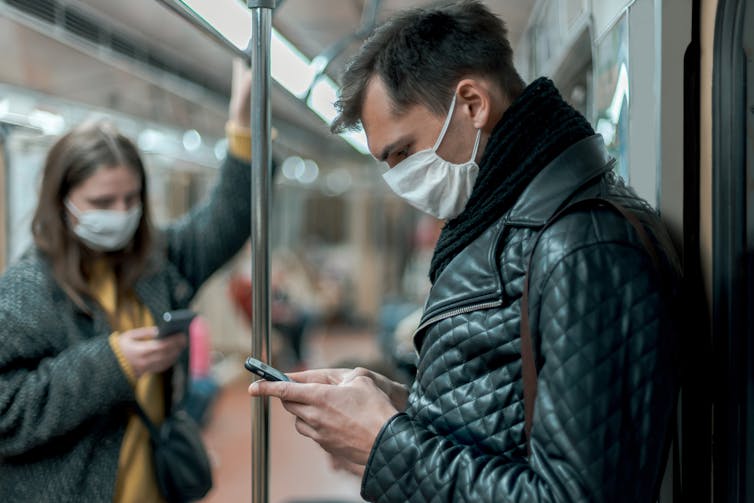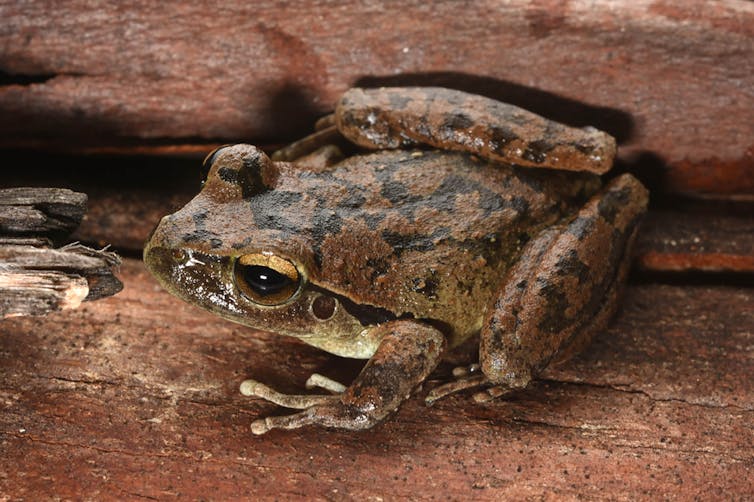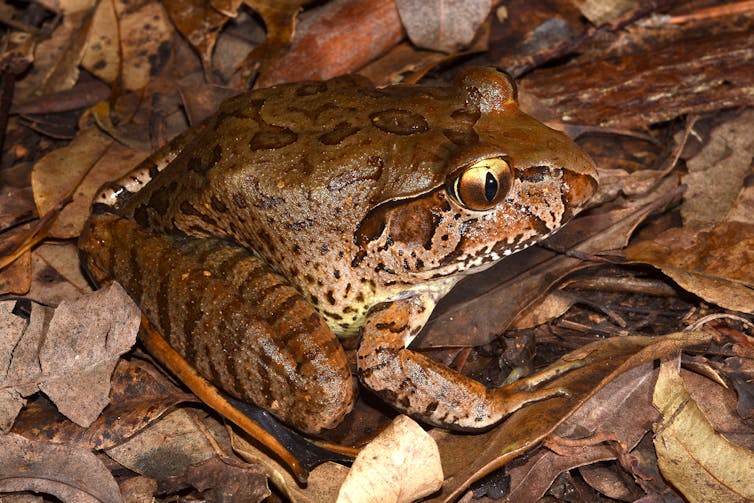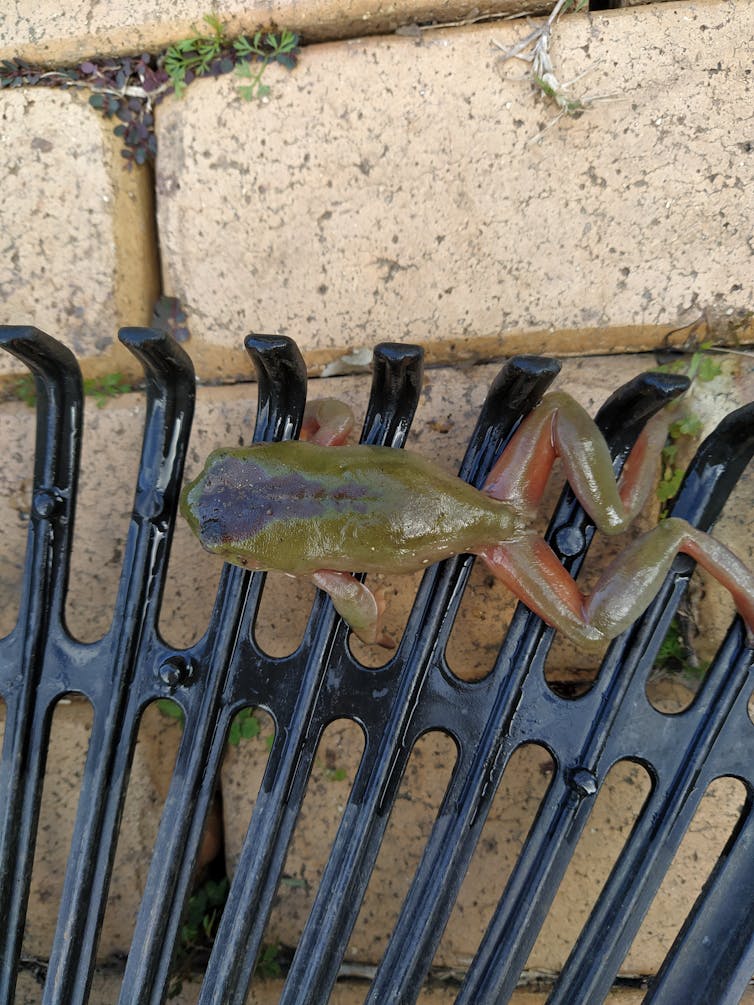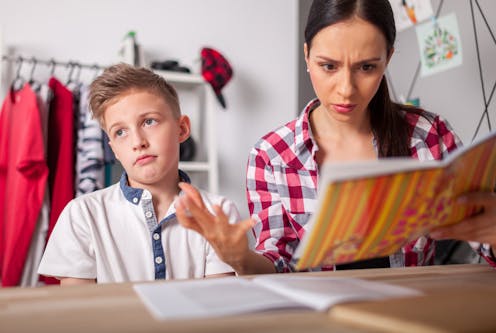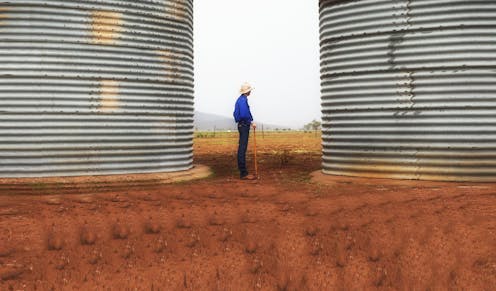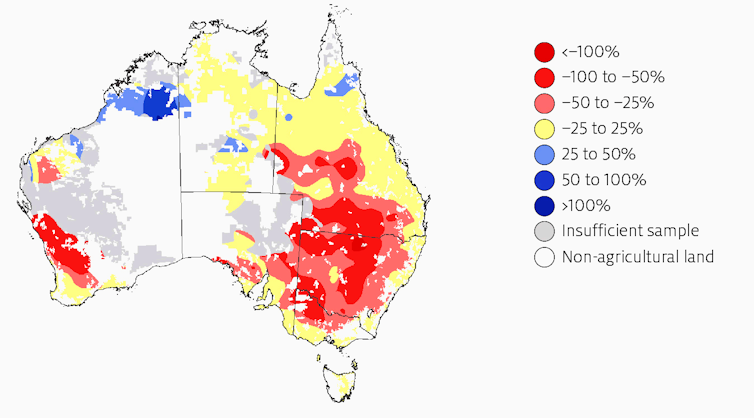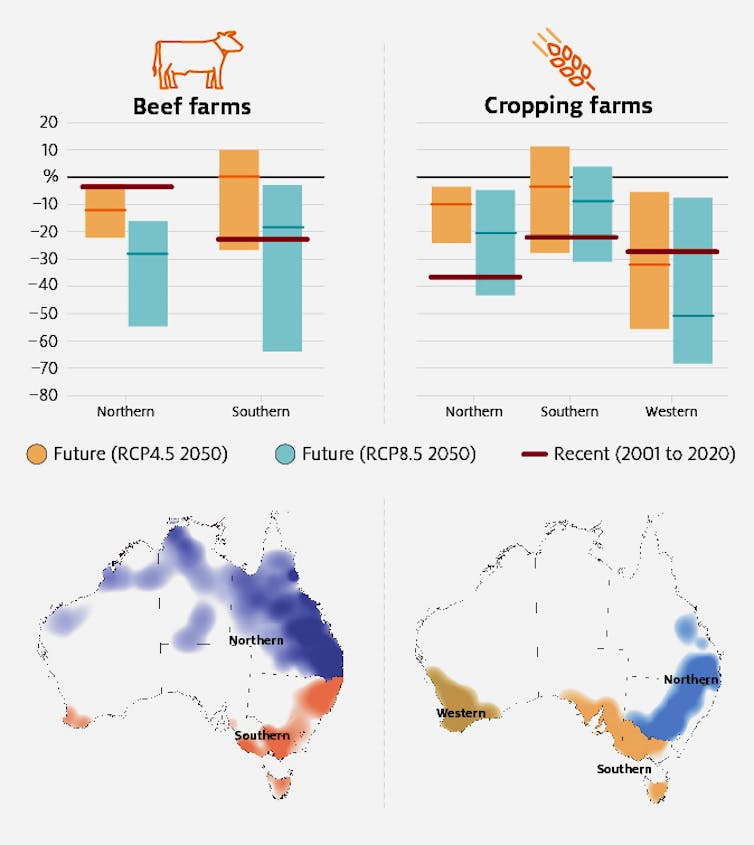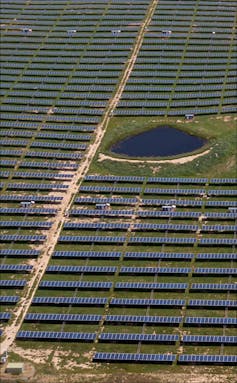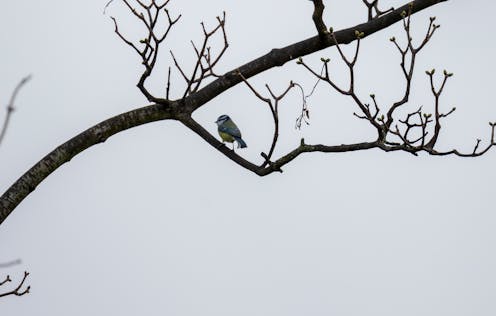Source: The Conversation (Au and NZ) – By Filia Garivaldis, Senior Lecturer, BehaviourWorks Australia, Monash University

One thing the COVID-19 pandemic has not changed is the need for employee training and skills development. Although lockdowns have reduced access to offices and increased job insecurity, they have provided the time and opportunity for building skills. Demand for professional development has grown.
However, since early 2020, the only option for employees to upskill has been through remote learning. Training and development specialists have been working tirelessly to adapt programs and courses for online delivery. For most, this has meant replacing face-to-face workshops with dial-in sessions using teleconferencing software.
Unfortunately, these changes have not always been effective. In other cases, employees have been applying their own personal, informal learning methods to develop professionally.
Read more:
Digital technology and the rise of new informal learning methods
In comparison, the global online education sector has steadily and organically expanded over the past 25 years. It’s set to become mainstream sooner than expected. The characteristics of online learning, which can connect a larger and more diverse student body, make it truly scalable and sustainable.
Thankfully, we can draw on decades of research evidence from online education to deliver professional development effectively online. This research shows three of the most important things to consider are flexibility, accessibility and social connectedness.
Make flexible learning a priority
Online education is growing rapidly because of its flexibility. Students can study from wherever, whenever. This means they can maintain roles such as work, parenting and other commitments alongside their studies.

Shutterstock
Flexible online learning is erasing traditional boundaries of time and place.
To provide flexibility in professional development, learning should no longer be restricted to a single day and venue. A combination of scheduled and self-paced learning options provides collaborative and independent learning opportunities as needed.
Flexible learning options work best for learners who can stick to their learning plans and schedules and dedicate their attention to these tasks without distractions. Employers can support flexible learning by respecting these learning plans. This means allowing employees to schedule work around their learning.
Read more:
The 7 elements of a good online course
Ensure accessibility for all
A more diverse student body calls for more inclusive teaching and learning practices. The best examples of online education offer all students the same opportunities to do well.
Both learning material and learning management systems need to be reliable and accessible to all. That includes people who are living in remote parts of the country, those who cannot leave the home due to family commitments, or students with special needs who require learning resources to be created that take account of these needs.
Similarly, the use of online learning technology for professional development should act as a learning enabler, not a learning barrier. Advanced learning technology and software – learning management systems such as Moodle, for example – can bring both accessibility and innovation to professional development. It makes for a smoother and more engaging learning environment.
Organisations may need to invest in accessible learning technology – just as they would invest in creating accessible and inclusive office spaces. Guidelines are readily available to help trainers make online learning content accessible and engaging.
Read more:
Massive online open courses see exponential growth during COVID-19 pandemic
Foster connections between learners
Finally, learning remotely, like working remotely, can be isolating. Creating meaningful opportunities to nurture a sense of belonging and connectedness among students is a challenge for online educators. But the benefits of social connectedness are worth the effort. It’s associated with greater academic performance, self-confidence, engagement, retention and satisfaction.

Shutterstock
Students who opt for the flexibility of online education are often time-poor or juggling multiple competing demands. They prioritise their goal of learning over their social needs.
For this reason, relying on these students to initiate interaction through social forums can often be ineffective. Rather, trainers should embed social collaboration in core online learning activities.
Activities that involve collaboration include peer review and simulation tasks. Online meetings and workshops should also be designed to capitalise on the interplay of learning and dialogue.
Activities like these ensure participants can maintain focus on learning goals while reaping the benefits of social interaction.
Online professional development is here to stay
Universities are expanding their educational offerings for professional development. They now offer affordable, accredited and verifiable online study options such as short courses and micro-credentials.
Read more:
New learning economy challenges unis to be part of reshaping lifelong education
These courses bridge the gap between higher education and industry needs – bringing a high standard of learning and innovation directly to employees, without the costs of travel or relocation.
The investments universities and other organisations are making in e-learning capabilities mean online professional development is here to stay.
![]()
The authors do not work for, consult, own shares in or receive funding from any company or organization that would benefit from this article, and have disclosed no relevant affiliations beyond their academic appointment.
– ref. 3 things we need to get right to ensure online professional development works – https://theconversation.com/3-things-we-need-to-get-right-to-ensure-online-professional-development-works-164785



